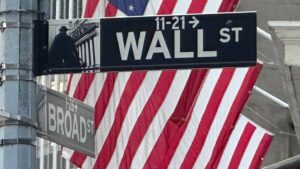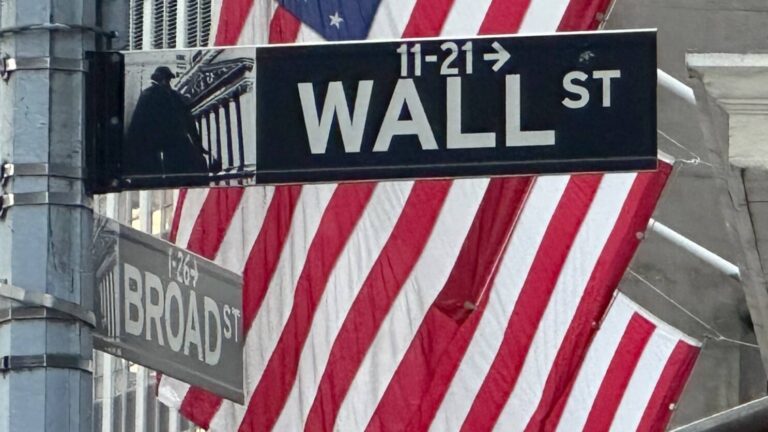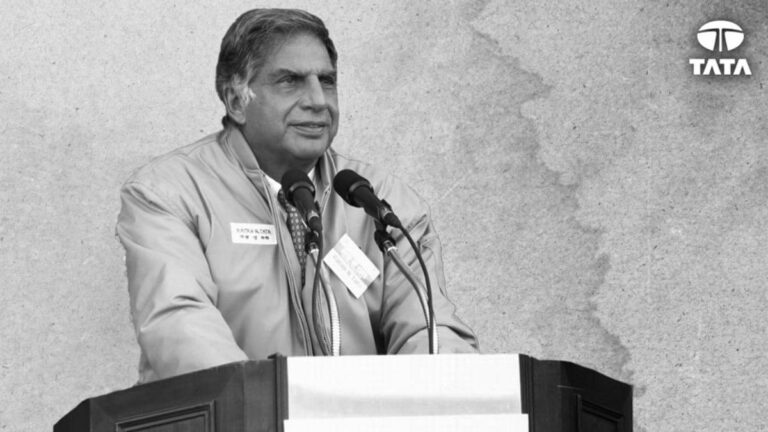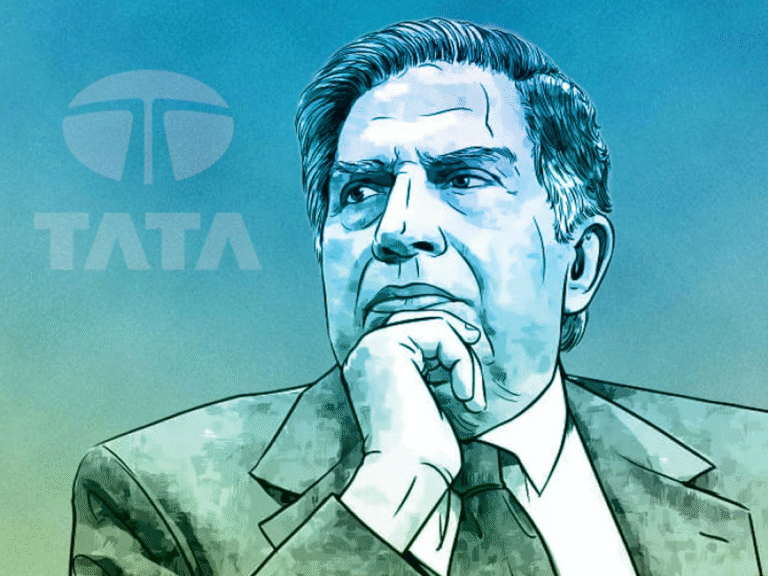Gold continues to hold its position as the “highest-conviction long commodity” as per analysts at Goldman Sachs. They attribute the recent surge in gold prices to robust demand from both private and institutional investors, an increase in holdings of equity-traded funds (ETFs), and substantial purchases by central banks. This rally has propelled gold’s value by nearly 47%, bringing it to approximately USD 3,865 per ounce.
As of the latest updates, gold is trading at around USD 3,937 per ounce on global markets, reflecting a continued interest in the precious metal.
In India, the price of gold has reached roughly Rs 1.21 lakh for every 10 grams, indicating a parallel trend in the domestic market.
Goldman Sachs’ latest Precious Comment report reveals that gold has successfully broken out of its previous trading range of USD 3,200 to USD 3,450 per ounce, experiencing a remarkable 14% increase since late August.
The investment bank attributes this price surge primarily to three significant factors: the rapid increase in Western ETF holdings, a revival in central bank buying following a seasonal slowdown, and a shift in speculative positioning among investors.
The report highlights that the risks to Goldman’s mid-2026 gold price forecast—set at USD 4,000 per ounce—have intensified, with an anticipated rise to USD 4,300 by the end of 2026.
“The risks associated with our projections of USD 4,000 per ounce by mid-2026 and USD 4,300 by December 2026 have increased,” the report stated, reflecting a bullish outlook on gold prices.
In analyzing the recent price movements, the report suggests that while speculative trading has played a role, it only accounts for a small portion of the current rally, indicating a more significant and fundamental change in investor behavior. In September alone, ETF holdings in Western markets surged by 109 tonnes, significantly outpacing predictions of just 17 tonnes, driven by declining US interest rates.
This trend suggests that individual investors are increasingly turning to gold as a means of diversifying their portfolios amid growing concerns about fixed income securities in developed markets.
Also Read: Gold ETFs Vs Physical Gold Vs Gold Mutual Funds: What’s The Difference?
The report further elaborates that the gold market is relatively small, with Western gold ETF holdings comprising only about 1.5% of the total privately held US Treasuries. This indicates that even minor shifts in investment strategies could lead to substantial increases in gold prices.
Goldman Sachs has reaffirmed its stance on gold as its top long-term commodity recommendation. They anticipate additional price increases fueled by a structurally higher demand from central banks, potential further diversification by private investors, and gold’s strong hedging capabilities during times of economic downturns that may not favor traditional equity and bond portfolios.
The report concludes by advising investors to perceive gold not just as a hedge against growth but as a crucial stabilizing element within their portfolios amidst the prevailing global macroeconomic uncertainties.
















